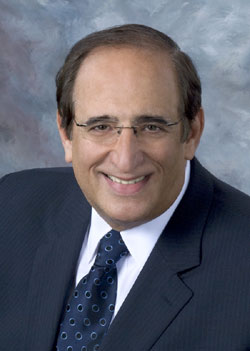

Adolescence—the period between puberty and adulthood—is a challenging and sometimes confusing stage of life. Many teens—and parents—find discussions about their changing bodies to be so embarrassing or awkward that they skip having them altogether. Instead, teens often look for answers from friends or classmates who are equally as uninformed.

The American College of Obstetricians and Gynecologists recommends that an adolescent girl’s first well-child visit to the ob-gyn occur between the ages of 13 and 15. In addition to addressing basic questions, concerns, and myths, this visit is a prime opportunity to begin building a trusting doctor-patient relationship that may continue for years.
The first well-child visit focuses on reproductive preventive care. Ob-gyns can assess conditions that may cause long-term complications such as absent menstrual periods.
They can counsel teens about normal development, menstruation, and sexuality.
Problems that may require early intervention such as eating disorders and weight issues, blood pressure problems, and mental health issues, such as anxiety, depression, and abuse, can also be addressed.
Teens can learn about and be scheduled for vaccinations including HPV, influenza, tetanus-diphtheria-pertussis, hepatitis B, meningitis, and pneumonia. Ob-gyns can also advise teens about the correct use of condoms and available birth control options so they are well-informed and prepared before the onset of sex.
At the appointment, parent and teen can be greeted together. They will receive a thorough explanation of the visit, and discuss issues related to doctor-patient confidentiality. The rest of the visit will continue with the teen and her ob-gyn alone to ensure privacy, but if the teen requests, her parent can remain.
The ob-gyn will perform a general physical exam, consisting of a visual breast exam and an external genital exam.
A pelvic exam is not necessary unless a teen has a medical history of abnormal puberty, abnormal bleeding or discharge, or abdominal or pelvic pain. Most sexually active teens can be screened for STDs, such as chlamydia and gonorrhea, using a urine test and most young women do not need to have a Pap test until age 21.
Teens may also need to visit their pediatrician, family medicine specialist, or adolescent health specialist for a second well-child visit for general preventive care.
